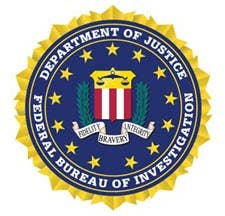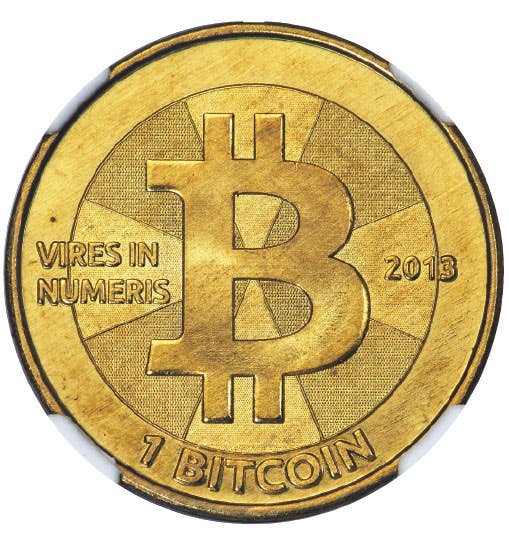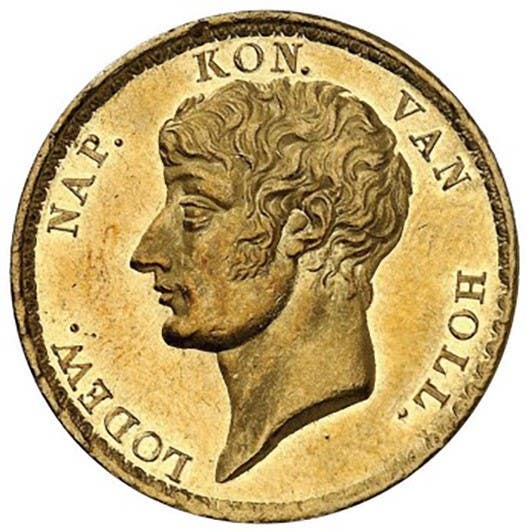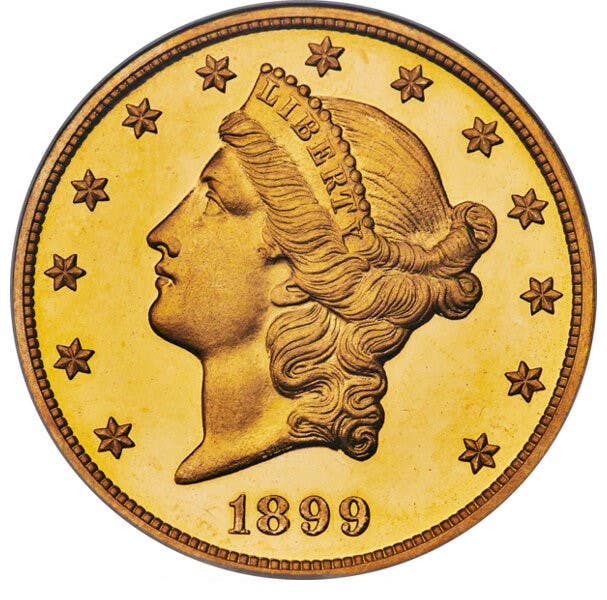Short Snorters and Courtesy Autograph Notes
Is there any premium value to a banknote that has been autographed above the facsimile signature by the Treasurer of the United States? There is a modest premium for such…
Is there any premium value to a banknote that has been autographed above the facsimile signature by the Treasurer of the United States?
There is a modest premium for such notes, depending on who signed the note, the condition of the note, and the denomination. Mary Ellen Withrow notes appear to be the most common. During her term, she became a Guinness Book of Records record holder for having signed notes in person.
Are banknotes that have been autographed by either the Secretary of the Treasury or by the Secretary of State considered to be Short Snorters?
Notes autographed by either or both of these individuals are called Courtesy Autograph Notes. Short Snorters are usually considered to be notes autographed by individuals in the military, although a looser definition includes those signed by celebrities and politicians.
What is the reason three different hubs were used to strike the reverse of early-date Morgan silver dollars?
The decision to change reverse hubs was at the caprice of U.S. Mint Director Henry Linderman. Linderman indicated he found a “slight imperfection” in the initial dies. Dies using a lower design relief could be expected to last longer, which may have been part of his motivation to order the changes. Another factor may have been that the initial issue depicted eight tail feathers on the eagle. All earlier U.S. coins depict an eagle with an odd number of tail feathers.
Is it true there is a 1900-CC Morgan silver dollar?
Yes and no. Several unused silver dollar reverse dies were found at the Carson City Mint in 1899. These were shipped to Philadelphia for disposition. Since the dies were still serviceable, the engraving department ground the CC mintmark down but not completely off, then added the O mintmark for New Orleans. The dies were used in 1900 at the latter facility, resulting in the O/CC mintmark.
I understand U.S. Mint engravers William Barber and George Morgan did not get along. Can you explain this further?
Barber wanted his son Charles to succeed him as U.S. Mint Chief Engraver. This became a problem for the Barbers once Morgan had been hired. It also appears U.S. Mint Director Henry R. Linderman and others had a low opinion of the creative abilities of the Barbers.
Was this opinion of the ability of William and Charles Barber shared by others outside the mint, or was this strictly internal politics?
It appears others shared the low opinion of the two Barbers outside the mint. As an example in a letter to U.S. President Theodore Roosevelt, American sculptor Augustus Saint-Gaudens wrote, “[William Barber] cannot possibly do an artistic work. He is a commercial medalist with neither the means nor the power to rise above such an average.”
E-mail inquiries only. Do not send letters in the mail. Send to Giedroyc@Bright.net. Because of space limitations, we are unable to publish all questions.









